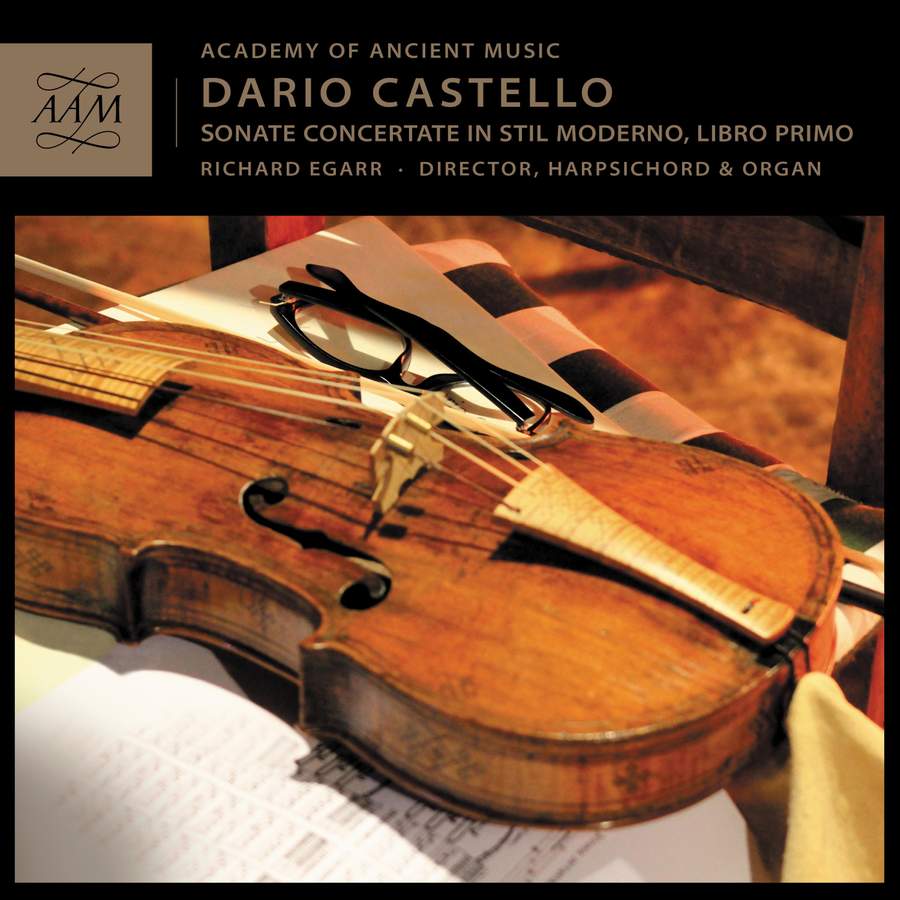Infinite inspiration in the Sonatas of Dario Castello
Castello is far more than a footnote or a sentence (if he's lucky) in a history book

It was this year’s Baroque itinéraire festival in France's Dordogne region that introduced me fully to impact of the the music of the short-lived Italian composer Dario Castello (1602-1631): see the review of that concert, given by Christophe Rousset and Les Talens Lyriques, here. Previously, I had covered the Academy of Ancient Music live (via stream) in Castello here.
Castello, despite the brevity of his life, composed a sequence of sonatas in the virtuoso style of the early Baroque typical of the Venetians. He was a vital par of teh transformation ofteh Canzona into the Sonata, and the title page of this set (1621) attests to this process: Sonata Contertate in stil moderno. Ther are only 29 compositions in total extant by Castello, and on the present evidence, given the standard of composition, one can only jope more will turn up. The level of invention is straospherically high, and there is an individual voice at work here.
It is wonderful then that he Academy of Ancient Music recorded Book One in 2016. Try this for drama produced via only a few performers:
Scoring does vary: here's the very next Sonata, No. 5, with trombone (Susan Addison) engaging in dialogue with Pavlo Beznosiuk's violin:
The emotional range contained within is vast: listen to the eloquence of Josué Meléndez' cornett in the quieter seventh, with organ continuo offering a bed of chiesa-like sonority:
The variety of sonority in this recording is almost as vast as Castello's imagination. In each Sonata, he creates an individual soundoworld. try this, featuring violin, Beznosiuk, and the wonderfully Baroque dulcian (it sounds a bit like a very nasal bassoon) of Benny Aghessi - the two get to feature in the eight sonata, also:
Listening to the sheer accuracy of Meléndez in the nonth sonata is a joy it is possible only brass players will understand (and there is the most delicious accelerando for all towards the end).
The last two sonatas of the set, Nos. 11 adn 12are the longest: previously the averae was around 5 minutes, suddenly we are up to 7 or almost 8. They do have more a of a sense of expansion (and even more harmonic range, colour and experimentation). Try No. 11:
Te final sonat is remarkable in that parts of it seem to whisper to the listener. There is brightly-toned pomp, too, so it as if Castello is trying to show his entire range in one piece:
This disc is a treasure trove beyond words. Castello is far more than a footnote or a sentence (if he's lucky) in a history book.
